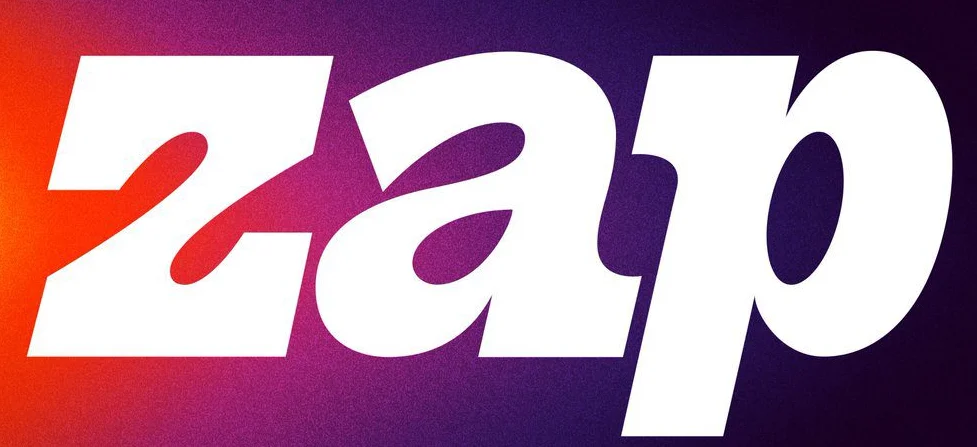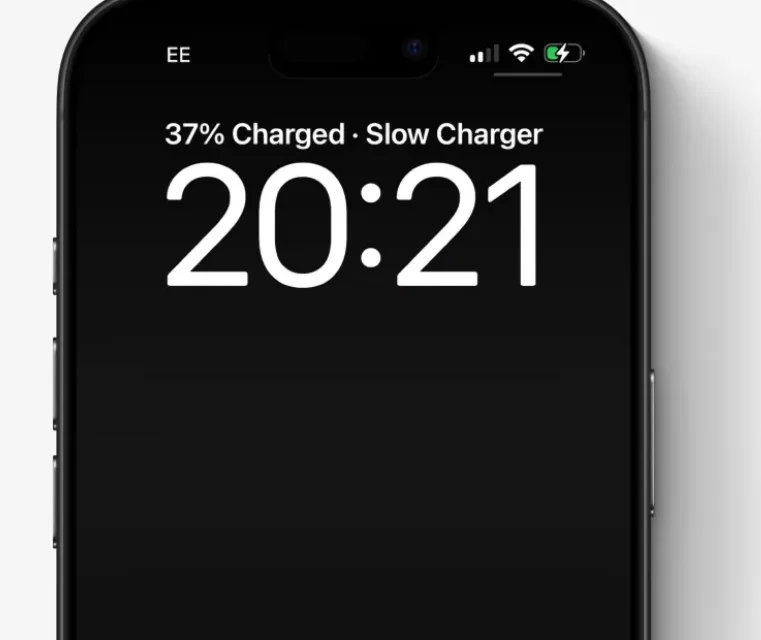Paystack, a powerhouse in Africa’s B2B payments space, has taken a bold leap into consumer-facing services with the launch of Zap. According to its founder, Shola Akinlade, the app was designed to revolutionise bank transfers: make them faster, simpler and more reliable.
But how does Zap perform in a market already saturated with fintech heavyweights like Opay and PalmPay? Is it solving a critical problem, or is it another option in an already crowded space?
To answer these questions, we tested the app and dove deep into the ecosystem it hopes to disrupt.
Setting up on Zap: The first impressions
Zap is built with simplicity at its core. The onboarding process starts with downloading the app and linking a bank account. At first glance, Zap’s design feels clean and straightforward, prioritising function over unnecessary complexity.
It exudes the confidence of a product developed by Paystack, a company already processing over half of Nigeria’s online transactions.
However, the initial setup reveals the first hurdle. Linking a bank account requires a ₦50 fee per account, a minor amount for some but an unwelcome charge for users accustomed to free services.
The OTP verification process for linking accounts worked instantly on Airtel but lagged on Globacom, highlighting a dependence on telecom network reliability.
Paystack cannot control this, but it adds a layer of friction for users on slower networks.
The app supports 23 traditional banks, a comprehensive list for banked Nigerians. Unfortunately, there is no support for fintech entities like Opay, Kuda or Palmpay, leaving out users who rely on these platforms completely.
The app also does not offer a one-click account opening feature, setting it apart from the more inclusive competitors. Users must bring their existing bank accounts to Zap, underscoring its niche focus on simplifying transfers rather than replacing traditional banking.
One glaring issue during testing was the non-functional “Add Money” feature for linked accounts. This left us questioning whether Zap’s promise of seamless transfers extends to all its features or if some still need polishing before widespread adoption.
How it stands out
Zap’s standout feature is its focus on speedy bank transfers, with promises of transactions completed in under 30 seconds.
We tested this theory and realised that transfers were quick but occasionally missed the 30-second mark. Even so, the app delivered a more consistent experience than many traditional banking apps, which are notorious for delays and pending transactions.
Unlike Opay or PalmPay, Zap does not aim to be a financial ecosystem. There are no savings accounts, cashback rewards, or virtual cards. This minimalist approach appeals to users who want to simplify their banking experience rather than migrate to a new system.
It links directly to your existing bank accounts, allowing you to manage multiple accounts without toggling between apps. This focus is particularly useful for professionals juggling multiple financial commitments.
For international transactions, Zap enables payments from foreign accounts to Nigerian banks, filling a gap often ignored by local fintech entities. This feature could appeal to expatriates, travellers, and freelancers dealing with cross-border payments.
Limitations and criticisms
Zap’s narrow focus comes with trade-offs. By excluding microfinance banks like Opay and PalmPay, the app limits its appeal to the underbanked. This is a significant oversight in a country where financial inclusion remains a critical issue. Competitors like PalmPay thrive by offering services tailored to those outside the traditional banking system, a demographic that Paystack seemed to sideline.
Another limitation lies in its tiered transaction system. Tier 1 accounts are capped at a daily transaction limit of ₦50,000 and a balance limit of ₦200,000. While this ensures regulatory compliance, it may frustrate users accustomed to higher transaction volumes.
Upgrading to higher tiers requires additional KYC documentation, which could deter casual users looking for immediate functionality.
Zap also lacks incentives like cashback rewards or discounts, which have become standard in competing platforms. Opay and PalmPay often entice users with these perks, creating a stickiness that the app does not yet offer.
But Zap gives you the option of inviting your friends after you have signed up. You’d get up to 10 invites.
Technical and regulatory questions
Zap exists under the domain paystack.com/zap, indicating that it is a product of Paystack rather than an independent entity. This raises questions about its regulatory status. If it operates solely as a feature of Paystack, it would fall under Paystack’s corporate registration and regulatory compliance.
However, if it functions as an independent business unit, it would require a separate registration with the Corporate Affairs Commission (CAC) and possibly additional licenses from the Central Bank of Nigeria (CBN) or the National Information Technology Development Agency (NITDA).
The app’s minimalist approach extends to its digital presence. Unlike competitors that establish separate domains or subdomains, Zap integrates into Paystack’s primary website. This strategy consolidates branding but also limits Zap’s independence in the eyes of users seeking clarity about its role within Paystack’s ecosystem
Comparing Zap to Opay and PalmPay
Zap differs significantly from Opay and PalmPay in its focus and functionality. Where Opay and PalmPay operate as neobanks offering a wide range of services, Zap sticks to its core mission: improving bank transfers.
This distinction makes it a complementary tool rather than a direct competitor to these platforms.
Opay and PalmPay cater to both banked and unbanked populations, providing features like bill payments, loans, and merchant services. Zap, on the other hand, targets users already embedded in the traditional banking system.
This focus could make it less appealing to those who rely on microfinance platforms for financial inclusion.
In terms of speed, Zap delivers on its promise of fast transfers, though not consistently within the 30-second window. The app also supports international transactions, a feature missing in many local fintech solutions.
This makes it a valuable tool for users with cross-border financial needs.
Is Zap the Future of Bank Transfers?
Zap enters the Nigerian fintech space with a clear mission: to make bank transfers faster, simpler, and more reliable. It succeeds in many ways, offering a streamlined experience for users with traditional bank accounts. Its focus on speed and its integration with Paystack’s robust infrastructure are its strongest selling points.
However, its narrow focus and limited inclusivity may hinder its broader adoption. The absence of microfinance banks, combined with tiered transaction limits and minimal incentives, makes it less appealing to the average Nigerian user seeking a comprehensive financial solution.
Zap is best suited for professionals and frequent transfer users who value simplicity and reliability over additional features. While it is not a replacement for platforms like Opay and PalmPay, it serves as a valuable complement to the existing ecosystem.
With continued improvements and expanded features, Zap has the potential to carve out its niche in Nigeria’s dynamic fintech landscape.
For now, Zap represents a promising start, but its journey to becoming a household name is just beginning.












